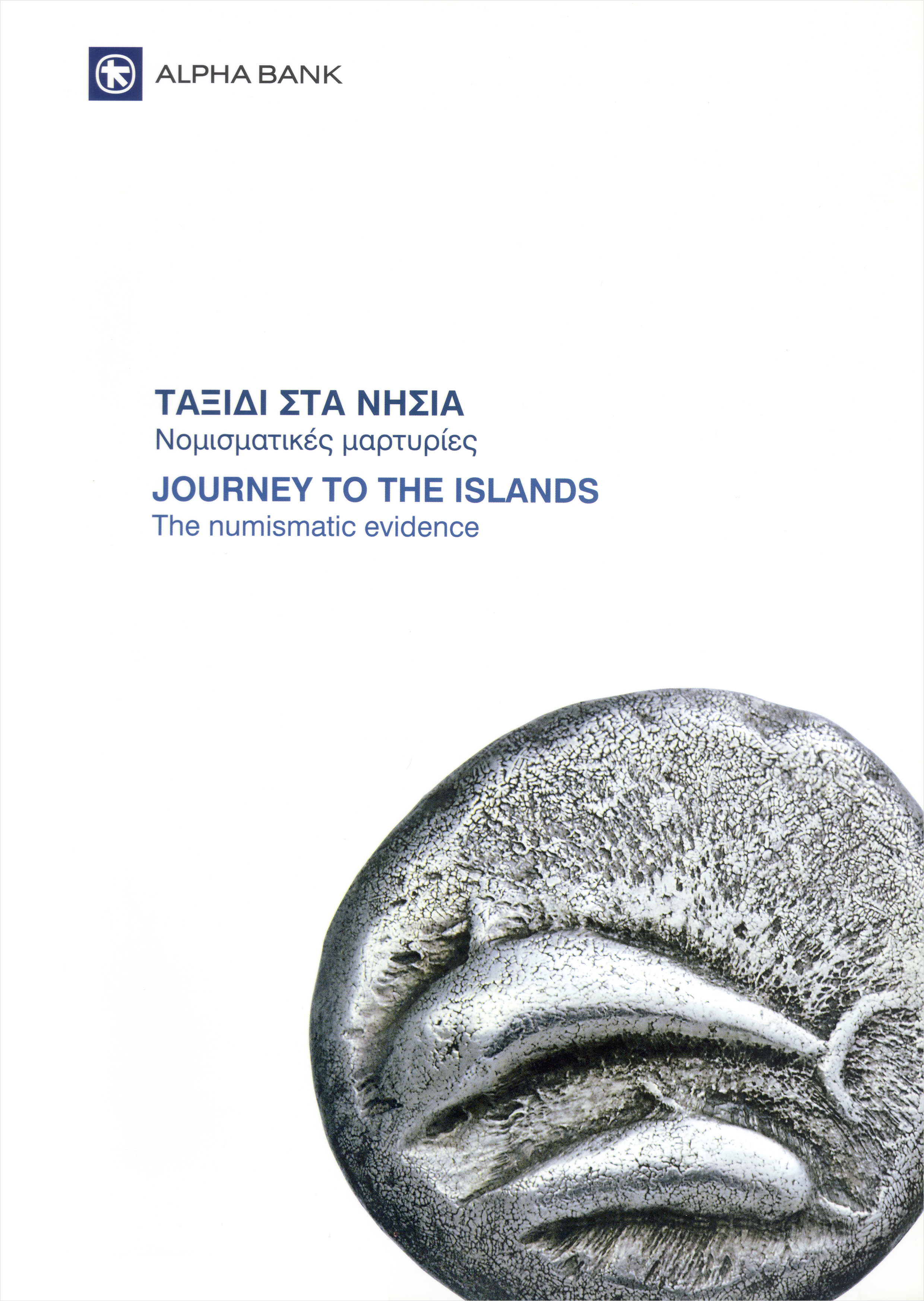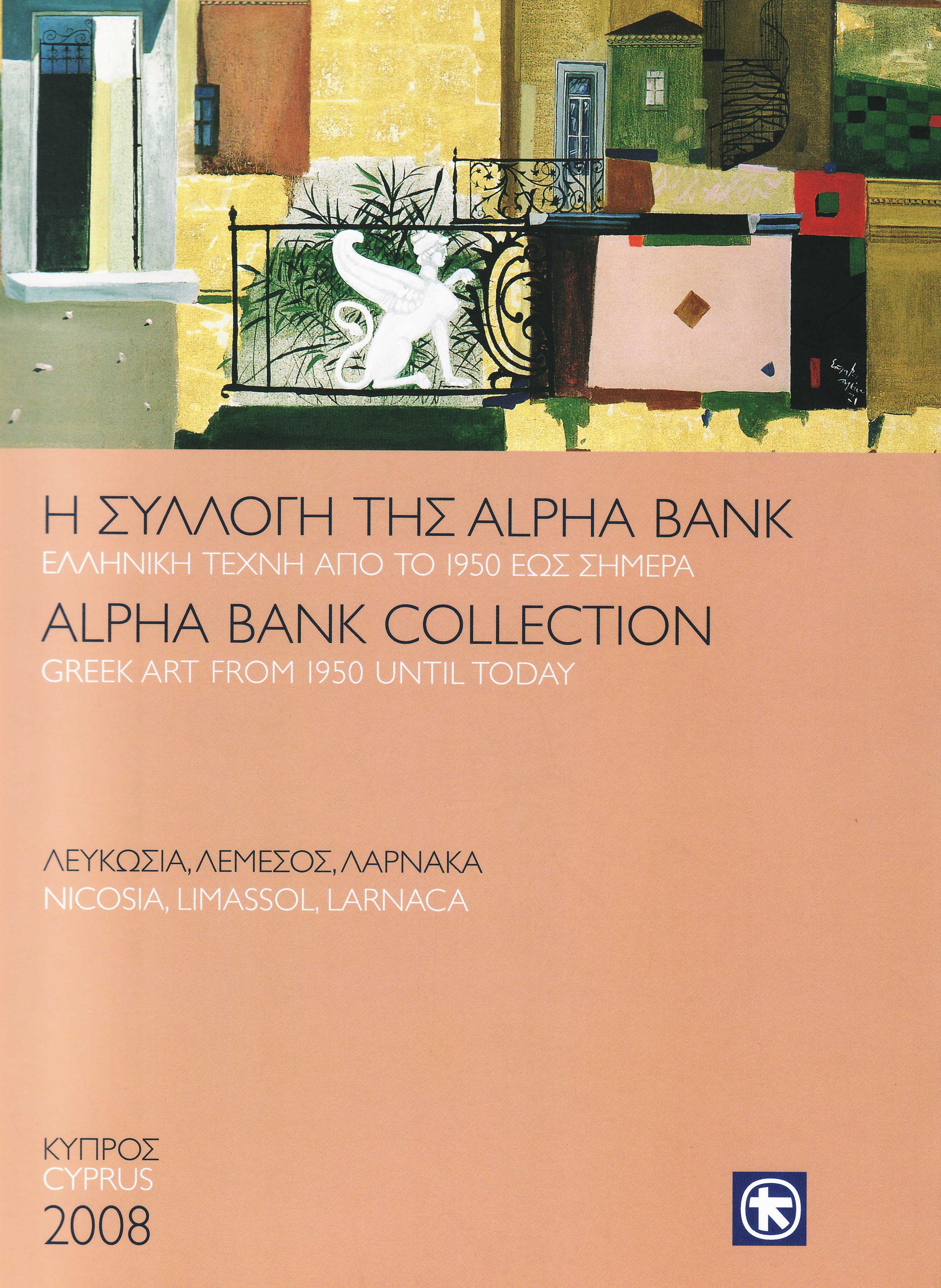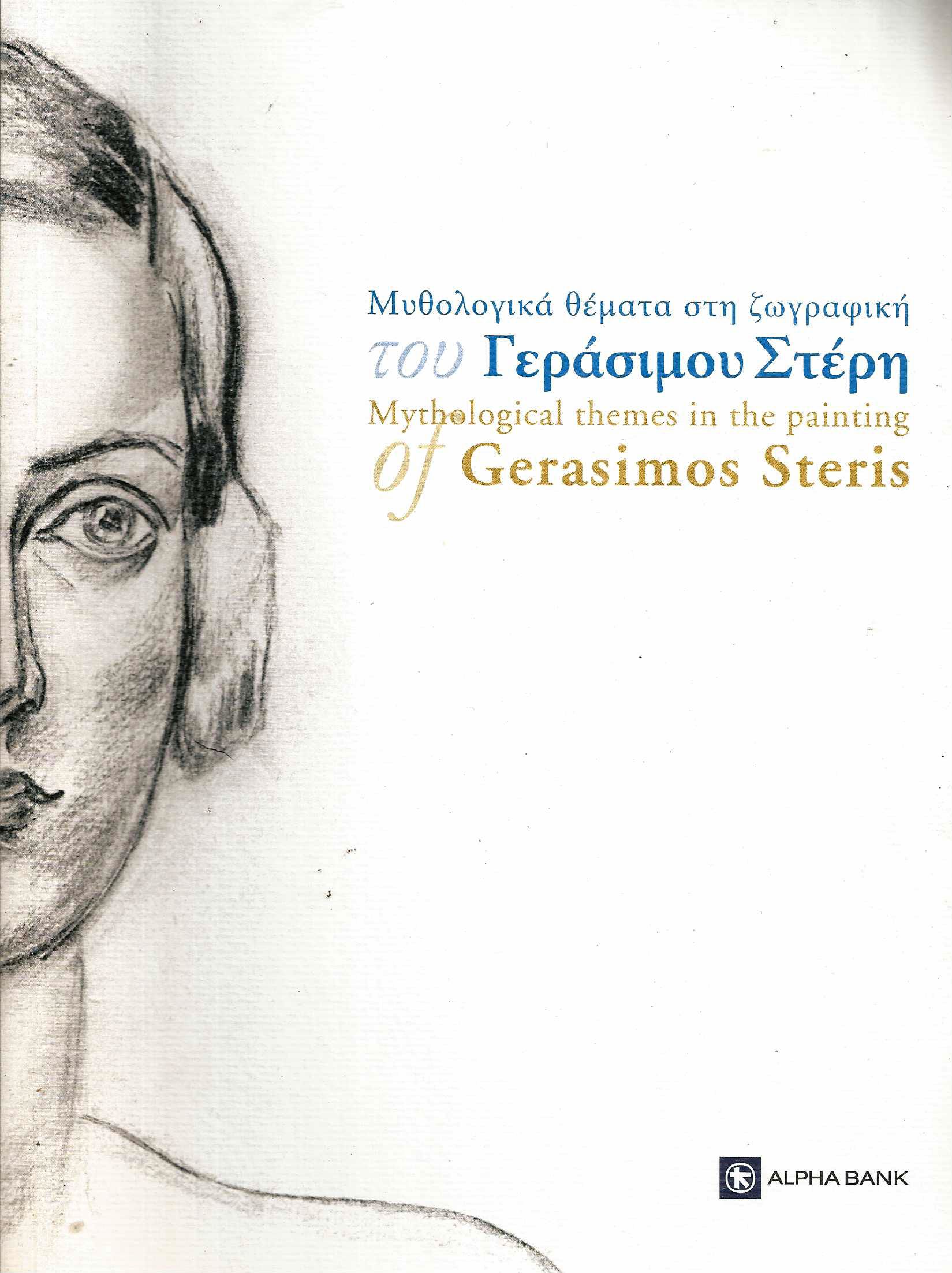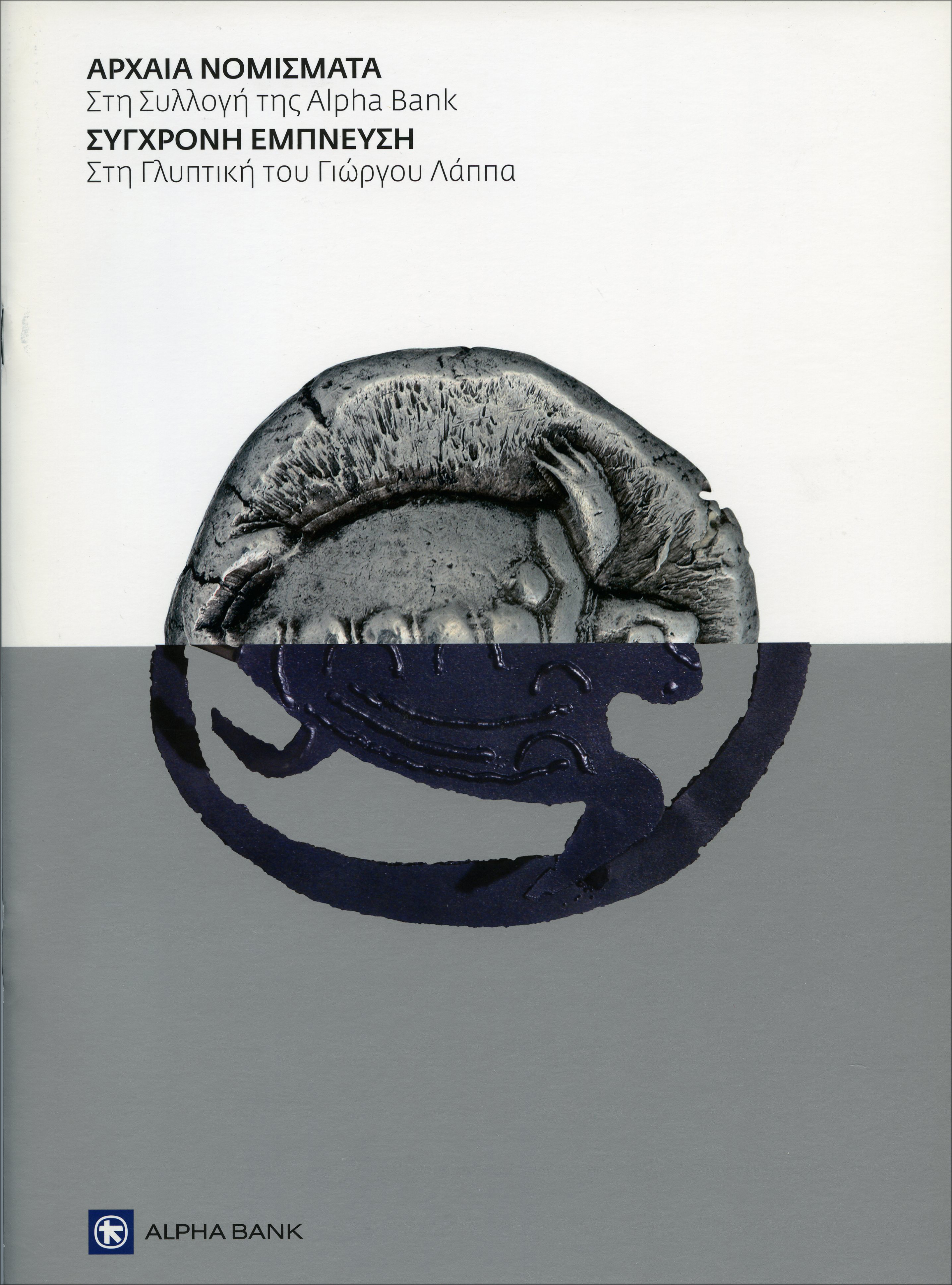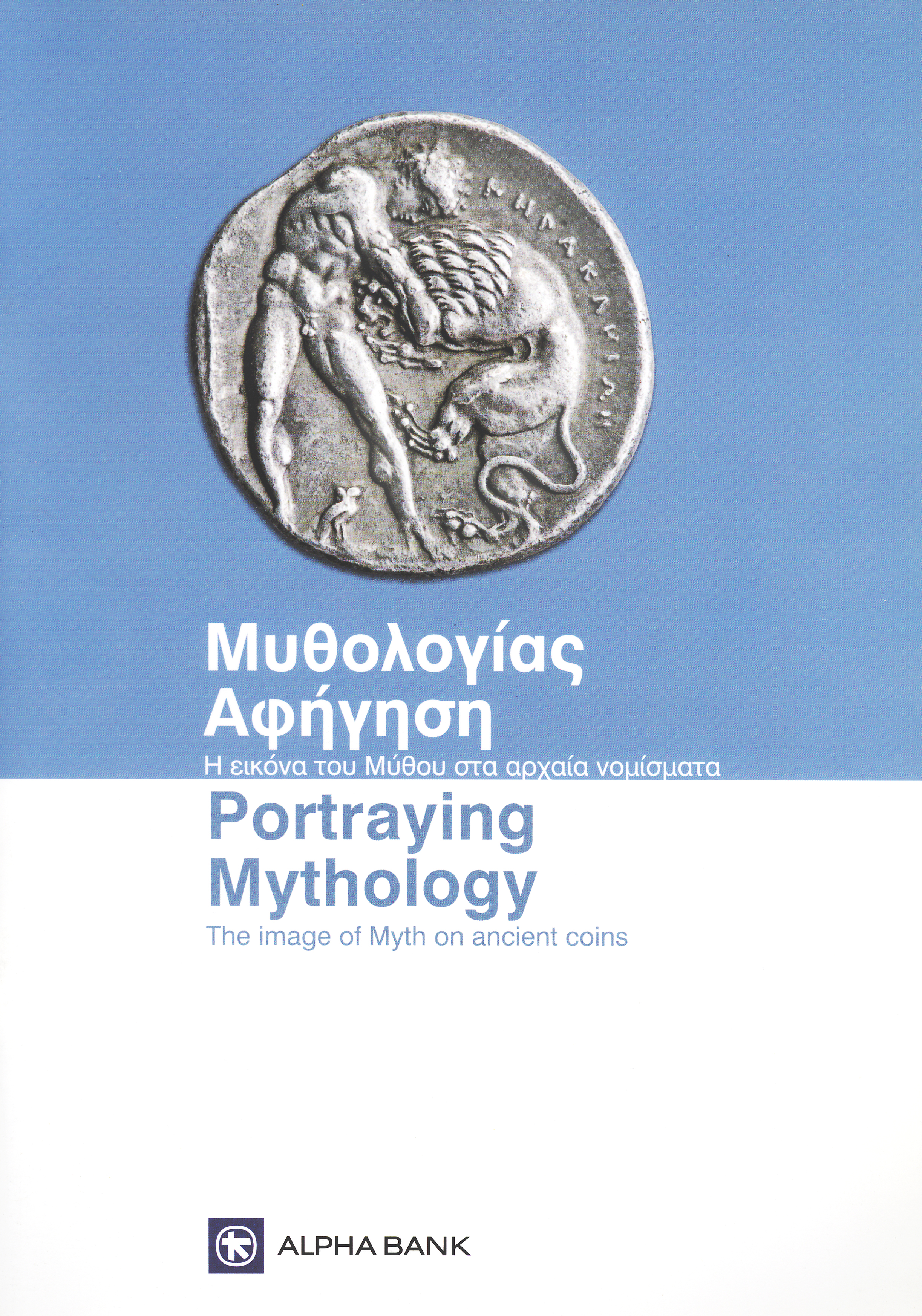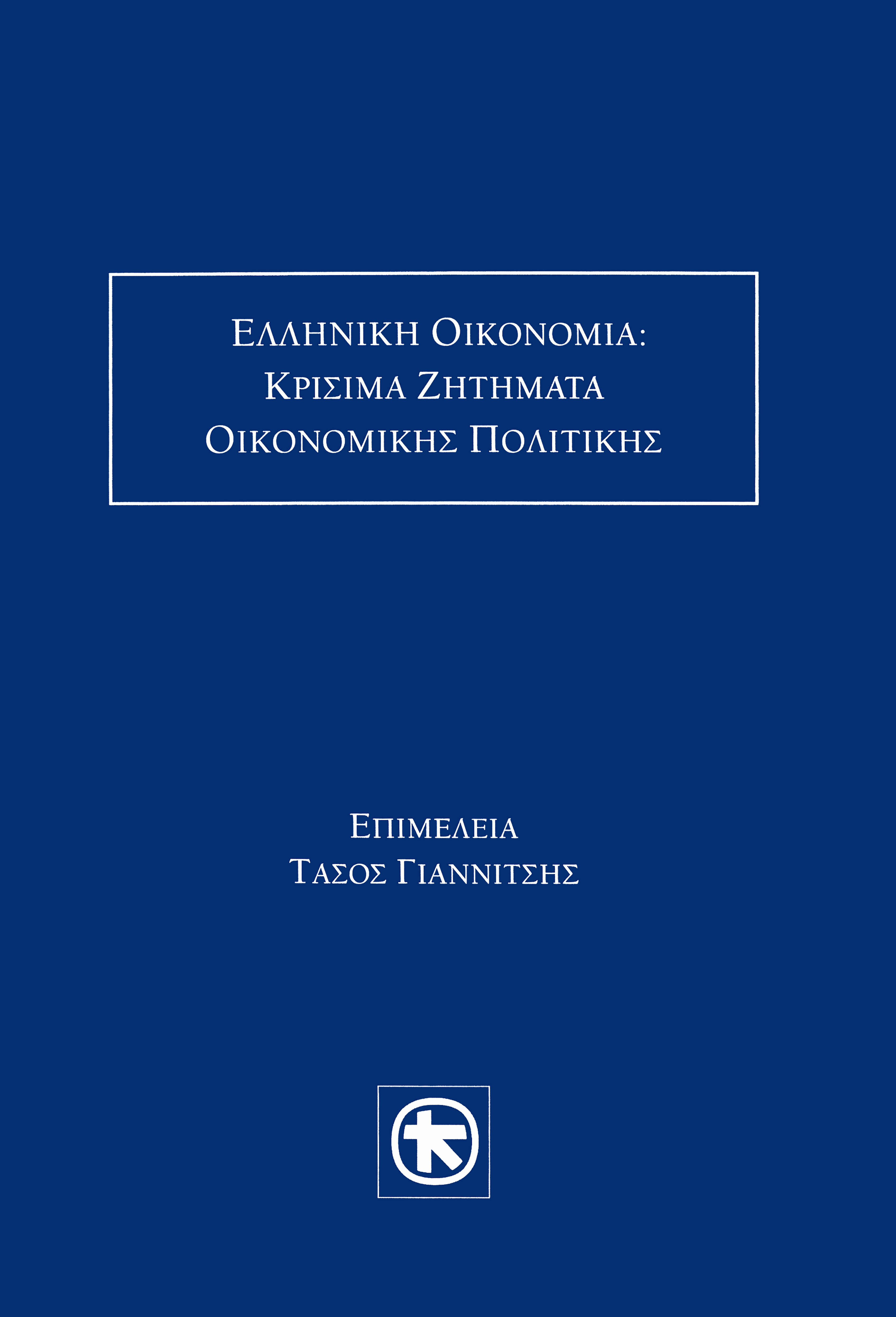Year published: 2009
Coins of Macedonia in the Alpha Bank Collection
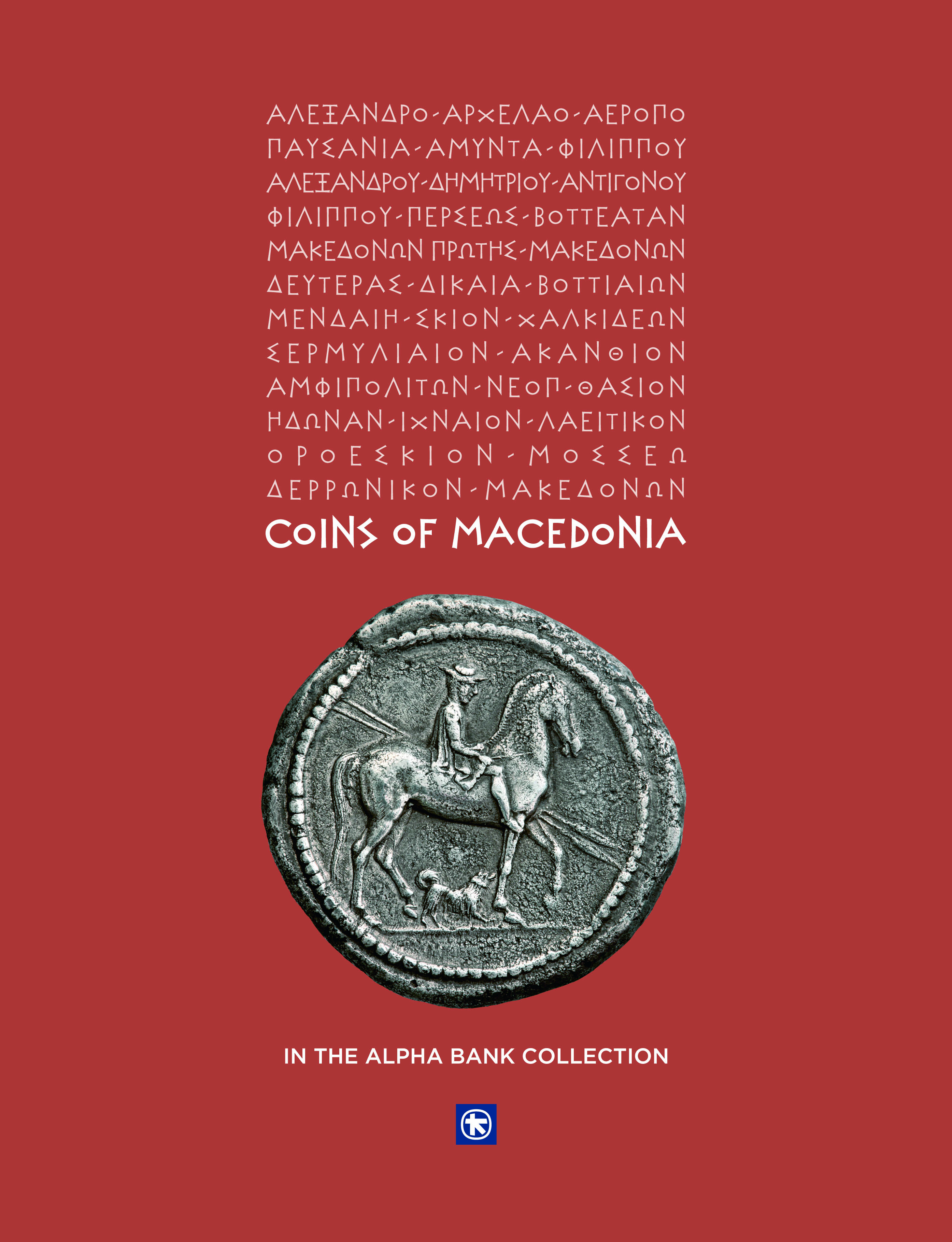
The publication Coins of Macedonia in the Alpha Bank Collection accompanied the same-titled exhibition hosted at the Archaeological Museum of Thessaloniki in February 2009. It presents the history of Macedonian coinage in chronological order.
- Edited by: Dimitra Tsangari
- Language: Greek, English
- Year published: 2009
What the publication includes
This publication is an album presenting Macedonian coinage through the photos of 171 coins from the Alpha Bank Numismatic Collection. It also provides a wealth of references at the end of the book.
The exhibition in Thessaloniki
The publication accompanied the exhibition “Coins of Macedonia in the Alpha Bank Collection”, hosted by the Alpha Bank Collection in collaboration with the Archaeological Museum of Thessaloniki. It was the first time the Bank’s Numismatic Collection was presented in Thessaloniki.
The exhibition showcased 270 silver and gold coins to present the history of coinage in Macedonia. The exhibition included guided tours, events and educational activities that captured the interest of children and adults alike.
A journey in history through coins
The publication is structured in 7 chapters that follow the structure of the exhibition:
- Introduction – Macedonia was one of the first areas in Greece to adopt currency, around 525-510 BCE. Its silver and gold mines played a key part in this development.
- The Thraco-Macedonian nations – The history of Thraco-Macedonian nations, that is the people who inhabited central and eastern Macedonia, presents significant gaps and our information about them is extremely limited. Our knowledge about the Thraco-Macedonian nations often comes from the silver coins they minted.
- The Macedonian kingdom (5th-2nd century BCE) – The royal coinage of Macedonia was launched by Alexander I, who ascended to the Macedonian throne when the area was under Persian rule and ended with Perseus, the last Macedonian king, who resisted the Roman invasion in the Greek territory.
- The period from 2nd to 1st century BCE – Macedonian coinage of the last 2 pre-Christian centuries, from the last years of the Macedonian kingdom, after 168 BCE, to the period after 148 BCE, when the area was annexed to the Roman state under the name “provincial Macedonia”.
- The Macedonian cities – Macedonian cities such as Vergi, Aenea, Mendi, Potidaia circulated the first silver coins in the area in late 6th century BCE. In the beginning of the 5th century BCE, almost all Macedonian cities minted their own coins.
- The imitations – The coins of Philip II and Alexander the Great inspired foreign tyrants and far-away people, who copied Macedonian coins.
- Alexander’s tetradrachm – Alexander the Great established a common coin in his vast kingdom, which became the international currency during Hellenistic times: Alexander’s tetradrachm.
Edited by: Dimitra Tsangari
Publisher: Alpha Bank
Place and time: Athens, 2009
Dimensions: 30 x 23 cm
Pages: 151
Cover type: Hardcover, Paperback
Greek ISBN: 978-960-98363-4-0 (hardcover and paperback)
English ISBN: 978-960-98363-3-3 (hardcover)
